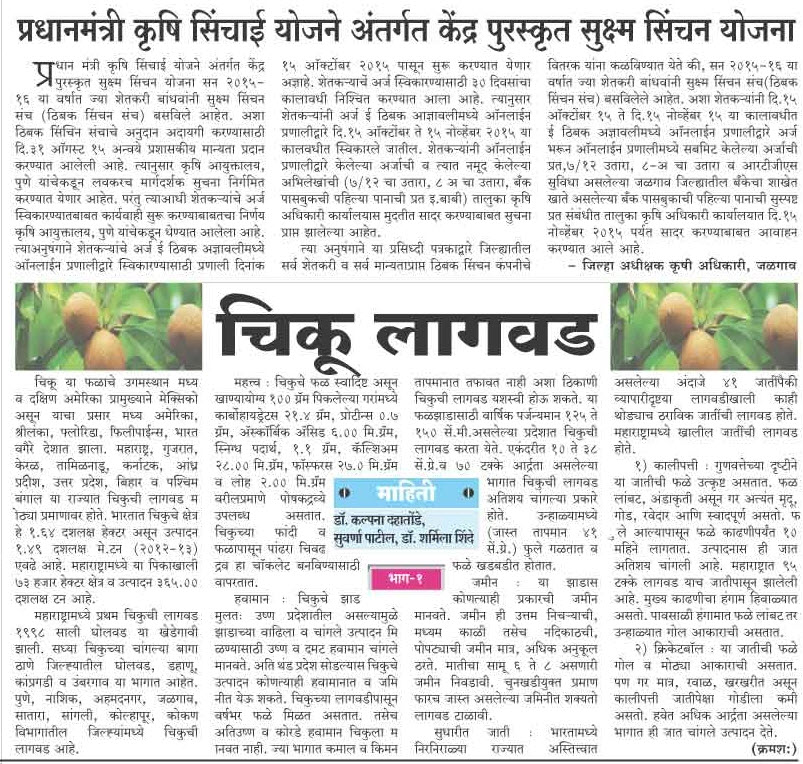Indulge in delightfu sweet surprises at this patisserie
|
|
|
|
Toshin Chocolatier
Patissier, Mumbai's newest artisanal patisserie, is all set to bring to
you a range of new products in the New Year. As a part of his new year's
resolution, Chef Toshin Shetty has vouched to surprise patrons with
artisanal ice creams and sorbets, which will be made available by
February 2016. Trained at a popular Italian university, Chef Toshin
will introduce classic ice cream flavours like Pistachios, Fresh
Vanilla, Dark Chocolate, Caramel and Hazelnut to please your sweet
tooth. These flavours have been carefully crafted and improvising upon
to bring you a taste that you won't forget easily. Chef Toshin aims to
leave you satisfied with every scoop of ice cream presented to you at
Toshin Chocolatier Patissier. These ice creams are prepared using only
the
purest ingredients from various parts of the world.
Chef Toshin will also present three new sorbets -Banana, Passion Fruit and Raspberry -using fresh fruit puree imported from France to ensure only the best ingredients are being used to deliver finest quality sorbets. This is only part of his initial creations. He will be introducing many more artisanal signature flavours next year. An alumni of a reputed culinary school in London, Chef Toshin serves handcrafted pralines, cookies, macarons and desserts at his eponym patisserie in Chembur.
Where: Toshin Chocolatier Patissier , 1st Floor, Ivy Restaurant & Banquet, Next to Shoppers Stop, Amar Mahal Road, Chembur (W).
Call: 022 67982299.
http:www.toshin.in
Chef Toshin will also present three new sorbets -Banana, Passion Fruit and Raspberry -using fresh fruit puree imported from France to ensure only the best ingredients are being used to deliver finest quality sorbets. This is only part of his initial creations. He will be introducing many more artisanal signature flavours next year. An alumni of a reputed culinary school in London, Chef Toshin serves handcrafted pralines, cookies, macarons and desserts at his eponym patisserie in Chembur.
Where: Toshin Chocolatier Patissier , 1st Floor, Ivy Restaurant & Banquet, Next to Shoppers Stop, Amar Mahal Road, Chembur (W).
Call: 022 67982299.
http:www.toshin.in












.jpg)

.jpg)
